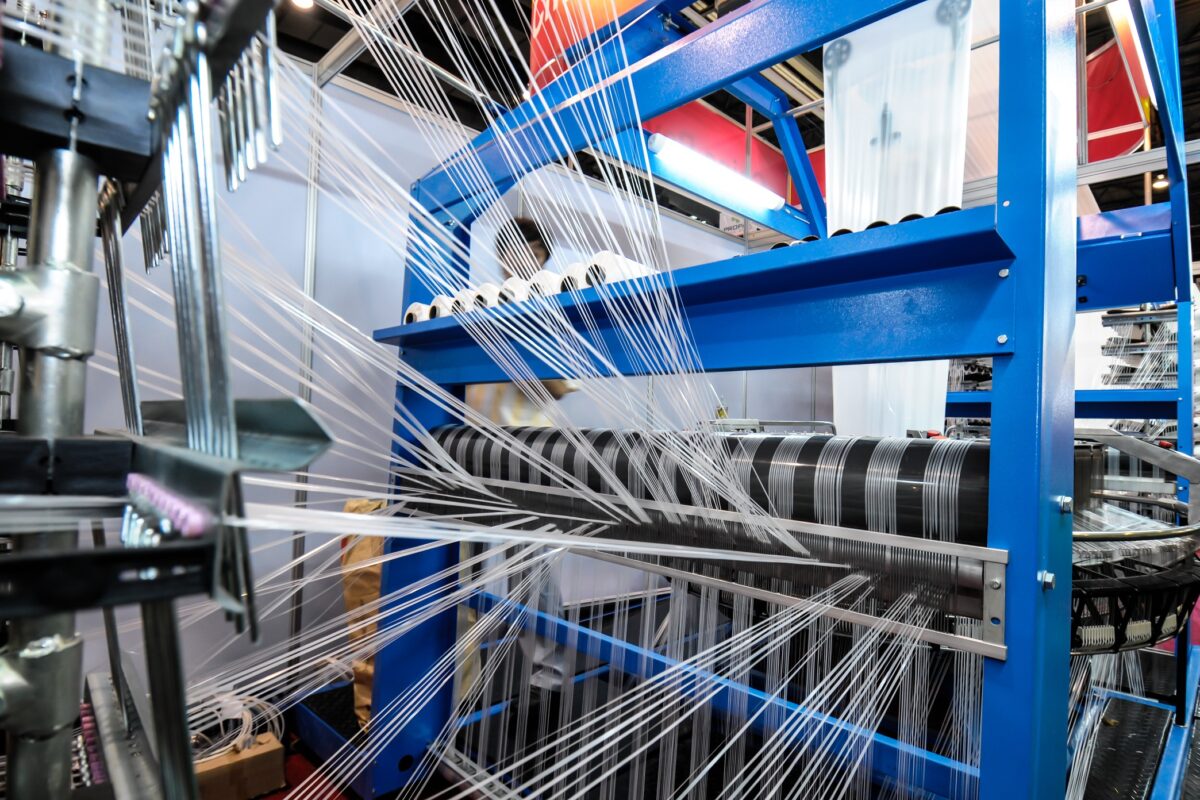Bangladesh is expecting better jute production this season especially in the north. Farmers have started adopting the latest line-sowing jute technology using seeder machines saving huge seed and reducing farming costs and ribbon-retting method to get quality fiber and more profit.
Farmers cultivated the Tosha variety of jute on over 0.17 million hectares of land, the Deshi variety on 13,635 hectares, the Mechhta variety on 4,607 hectares and the Kenaf variety on 2,275 hectares of land this season. A target of producing over 2.41 million bales of jute from over 0.22 million hectares of land has been fixed for the current season in the northern region.
To ensure farmers get a price, relevant steps have been taken to evolve a mechanized method for separating rotting jute fiber and so ensure a better quality of jute. However, jute targets could not be achieved fully this season due to the prolonged drought-like situation that caused lack of soil moisture hampering sowing of jute seeds, crop diversification and some other reasons.
Bangladesh is the second largest jute producer and a major exporter of the fiber in the world. Fabrics made of jute fibers are carbon-dioxide neutral and naturally decomposable. These properties are also why jute can be used in high performance technical textiles.












